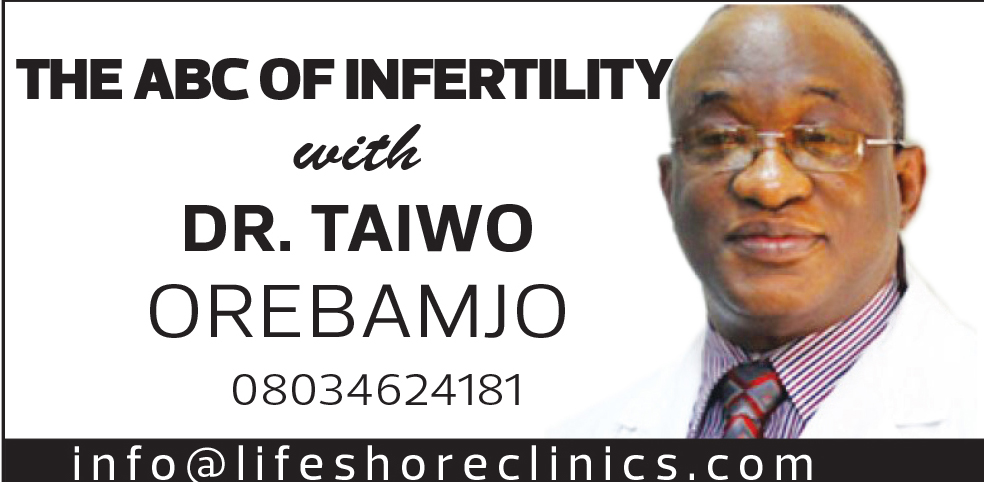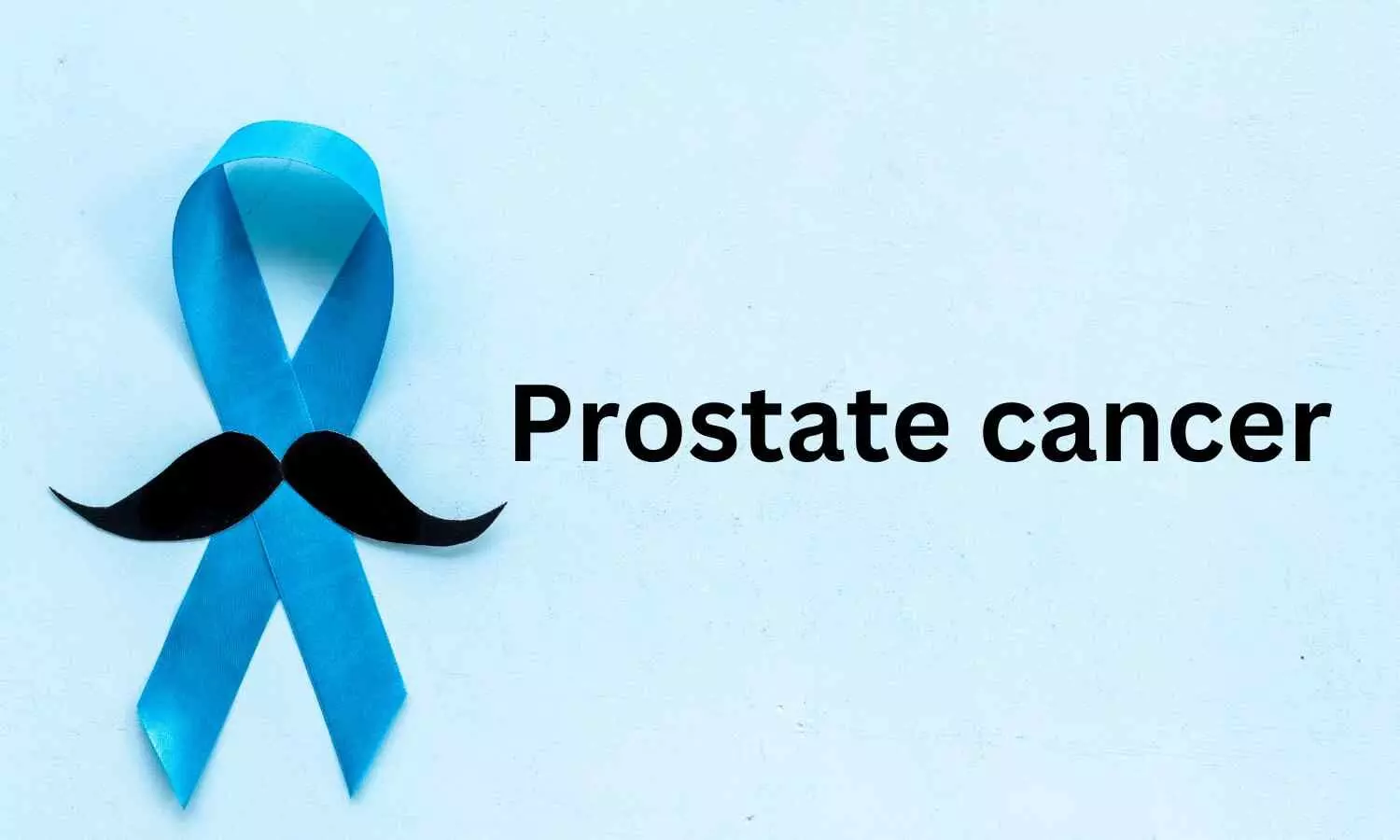By Dr. Taiwo Orebamjo
Copyright independent

Polycystic ovary syndrome is a condition where you have few, unusual, or very long periods, but the treatment has improved following advanced fertility treatment. Some experts define it as a hormon-al disorder causing enlarged ovaries with small cysts on the outer edges.
The common name for an oocyte is egg cell. A developing egg is called an oocyte. It is important to define Oocytes before explaining how their quality relates to Polycystic ovary syndrome (PCOS) and assisted reproductive tech-nologies (ART). One oocyte matures during the menstrual cycle, becoming an ootid and then an ovum, while several others partially mature and then disintegrate.
According to the Amer-ican Center for Disease Control (CDC), Assisted reproductive technologies (ART) are any fertility-relat-ed treatments in which eggs or embryos are manipulat-ed. Procedures where only sperm are manipulated, such as intrauterine insemina-tions, are not considered under this definition.
It is noteworthy that Polycystic ovary syndrome (PCOS) often results in having too much of a male hormone called androgen. Many small sacs of fluid develop on the ovaries. They may fail to regularly release eggs.
Polycystic Ovary Syndrome And Quality Of Eggs
The good news is that women with PCOS produce a high number of healthy eggs. But, as with all women, with age comes a decrease in egg quality and quantity. Therefore, like all women, the timing of building a family is important, and a delay in time to pregnancy because of PCOS can interfere with future family plans.
The most common cause of poor oocyte quality is natural aging, which is strongly tied to reduced oocyte mitochondrial efficiency and increased oxidative stress.
Oocyte Factors
Two important oocyte-se-creted factors (OSFs) are growth-differentiation factor 9 and bone morphogenetic protein 15, which activate signaling pathways in CCs to regulate key genes and cellular processes required for CC differentiation and for CCs to maintain their distinctive phenotype.
Determining Oocyte Quality
Several studies have shown that the integrity, shape, or size of the polar body could be used to assess oocyte quality and even be predictive of post-ovulatory aging status. Fertilisation rates and embryo quality are higher when the polar body is intact, with a correct shape and a smooth surface.
Improving Oocyte Quality
Resveratrol has been demonstrated to improve the quality of aging oocytes owing to its antioxidant and anti-apoptotic effects in mam-mals. Increasing data have indicated its protective effects on oocytes from age-depen-dent deficits as a potent SIRT1 activator.
Difference Between PCOS Eggs And Normal Eggs
Normally, ovarian follicles contain egg cells, which are released during ovulation. In polycystic ovary syndrome, abnormal hormone levels prevent follicles from growing and maturing to release egg cells. Instead, these immature follicles accumulate in the ova-ries. Affected women can have 12 or more of these follicles.
Improving Egg Quality With PCOS
There are some changes you can make to your lifestyle. Regular exercise could help to improve fertility outcomes and reduce stress in PCOS ladies. Supplementing with Inofolic Alpha, which contains myo-inositol, folic acid, and alpha-lactalbumin.
Causes Of Poor Egg Quality
Chemotherapy or radiation therapy could affect egg quali-ty and could even lead to early menopause. Autoimmune disorders could produce anti-bodies against their eggs and affect their quality. Polycystic Ovarian Syndrome (PCOS) could cause high levels of insulin, which can affect egg quality.
Increasing Egg Quality
Exercising, reducing stress, improving your sleep patterns, and getting proper nutrition can all improve egg health.
Symptoms Of Poor Egg Quality
Some signs that may indi-cate a low egg reserve include irregular menstrual cycles, difficulty conceiving, unusu-ally short menstrual cycles, or recurrent miscarriages.
What affects egg quality the most?
Age And Egg Quality
Several factors can impat the health of a person’s eggs. But the dominant factor is one that no one can control: age.
Improving Egg Quality After Age 40
These include The Fertility Diet, quality sleep, avoidance of smoking, avoidance of caffeine and alcohol, manag-ing stress, light exercise, and supplements.
Reversing Poor Egg Quality
Once an egg becomes low in quality or genetically abnormal, there is no way to reverse the damage. Egg quali-ty is affected by several factors, including Age. DNA damage is inevitable in older eggs.
Eggs, IVF, And PCOS
For women with PCOS who want to become preg-nant later, egg freezing — also known as oocyte preserva-tion – is a method of fertility preservation. The eggs are extracted now and can be thawed and used for IVF or intrauterine insemination (IUI) when you’re ready to start – or continue – growing your family.
Dr Taiwo Orebamjo is an expe-rienced Consultant Obstetrician and a medical administration expert from the Kingston Academy of Learning and Career College Canada. He is a post-graduate of the Royal College of Obstetricians and Gynaecologists, London. The Research Fellow in assisted concep-tion at the St. George’s Teaching Hospital in Tooting, London, is also the Consultant Obstetrician &Gynaecologist, Medical Director, at Parklande Specialist Hospital & Lifeshore Fertility and IVF Clinic.



